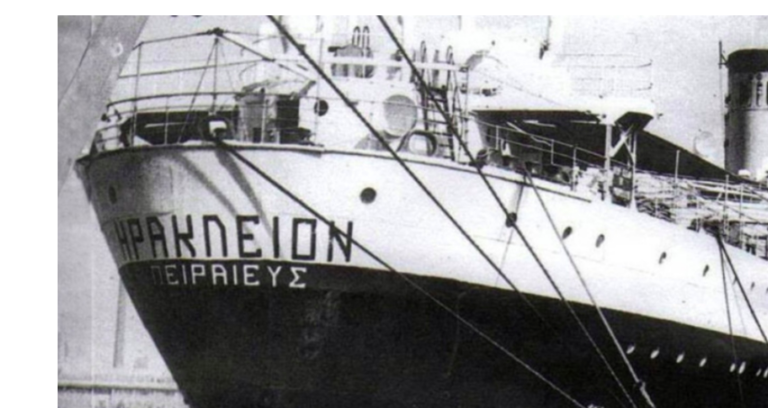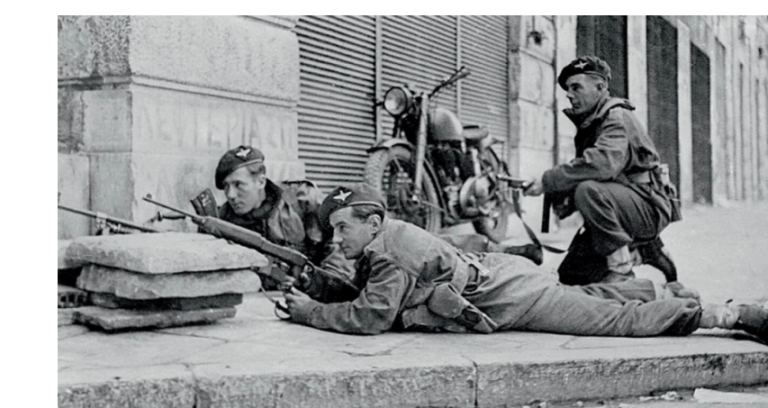From 1922, an obscure tradition called the hidden first Resurrection occurred at the Church of Taxiarchis in Anatolian Aivali. Lemon where leaves and blossoms adorned the church, and the priest would whisperer to the Virgin Mary’s icon at the Beautiful Gate. Afterwards a raw egg would forcefully be thrown towards the western main door, symbolising the victory of life. Aivaliotes believed they saw the Virgin Mary smiling in the icon, indicating her Son’s triumph over death. Bells joyfully would ring, spreading the message across the city’s parishes. Today, 102 years later, the icon is absent from the church, lost over the preceding years. The first Aivaliote Taxiarchis built alongside the city’s birth in the mid-16th century, stood on a quarry plateau where stone was extracted for house construction.
Holy Saturday: Store Hours – How supermarkets will operate
Taxiarchis temple, believed to have been a tripartite basilica, saw renovations and reconstructions over the years. Destroyed in the fire of June 3, 1821, parts of it survived, including a fountain. The temple was rebuilt by the Aivaliotes in 1844, as indicated by inscriptions and a marble plaque. Described as an imposing structure, it featured white marble columns, red cut stone arches, and an outer wall made of yellow ochre volcanic stone with red veins, likely sourced from nearby hills.
The main temple, described by Dimitrios Psarros in Aivali, features sturdy stone construction once coated in yellow ochre, resembling isodomic masonry. Decorative shells adorn the eastern side, while a Sarousak stone staircase leads to the gallery’s northern entrance. Interior renovations in the 1880s introduced plaster arches and cross vaults with gypsum embellishments. Wooden columns with gypsum Corinthian capitals complement walls painted to resemble ochre marble. Inside, a wooden ambo and marble iconostasis crafted by skilled artisans add to the ornate atmosphere. Georgios Agrafiotis created the iconography, including the Pantocrator, with assistance from Eustratios Gonatas. Before the 1922 Persecution, the Taxiarchis parish comprised approximately 400 homes and a population of 1,800 to 2,000, with three representatives elected to the Demogerontia.
Ask me anything
Explore related questions





